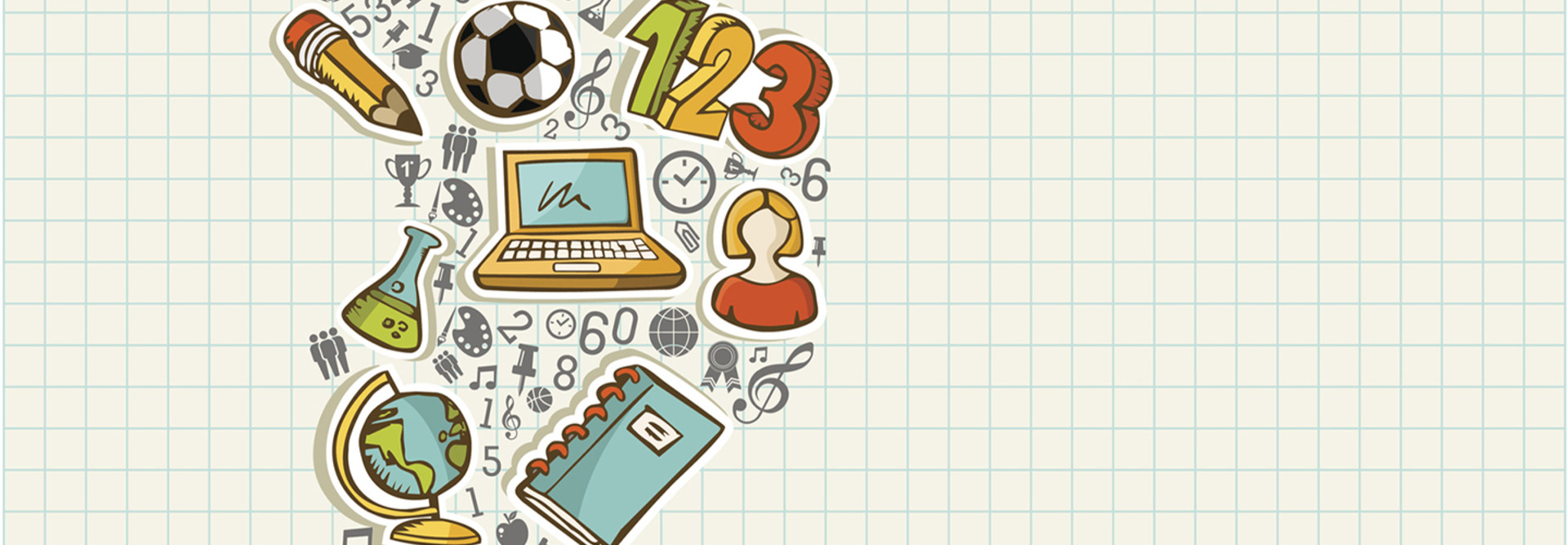Technology in Education: How Chromebooks and Google Classroom Change the Learning Process
Thanks to some updates to Google Classroom and a next-generation fleet of Chromebooks, optimizing learning away from a one-size-fits-all experience has gotten even easier.
In late January, at the BETT education conference in London, Google unveiled Chromebooks from Acer, Asus, HP, Dell, Lenovo and Samsung that will be convertible, 2-in-1 devices with world-facing cameras and stylus capabilities.
“Educators are looking for a device that can do everything for a student,” said Rajen Sheth, director of product for Chrome for Education, in a virtual roundtable prior to BETT. “A device needs to be a laptop, a tablet, a textbook, and a notebook. It’s not about replacing what is in the classroom, but really augmenting what is in the classroom.”
Tech expert Tim Kridel — and several of the teachers and administrators interviewed — touted 2-in-1 devices as a perfect option for all classroom activities.
“With the convertible’s functionality, student notetaking and the tradition of the handwritten markups of work can be part of the classroom practices while achieving a paperless environment,” says Bruce Borchers, superintendent of Oak Ridge Schools in Tennessee, in a Winter 2017 EdTech article.
For the new Chromebooks, Sheth said durable pencil-like styluses with erasers were developed so that even the youngest of students would feel at ease using them.
Also announced was the free release of Adobe’s Creative Cloud apps to Chromebooks.
These new Google developments join January’s earlier updates to Google Classroom that are aiming to make learning even more dynamic.
SIGN UP: Get more news from the EdTech newsletter in your inbox every two weeks!
How Technology in Education Can Make the Learning Process Personal
Making learning a more personalized experience for students has been a popular trend for the last two years.
Google’s tools have long been indicated as a way to make the classroom open to more student choice and personalization. For teachers like Stephanie Shaw, Google Forms have allowed them to help their students work at their own pace and see where they might need a little extra help.
Alice Keeler, a blogger and renowned tech expert, indicated as early as 2014 that Google Classroom could help make “it possible to offer students choices as to how they access the information or how the student would like to address the assignment” through private comments to teachers on assignments.
This year, Google announced in a blog post, a change to Google Classroom will allow teachers to create assignments specifically for individual students or groups.
In the post by Andrew Garrett, a software engineer for Google Classroom, several educators offered up their support for the new tool and two new notifications — when a student turns in something late and when a student revises an assignment — as a discreet way to assist students who need a little extra help.
In her blog, “Shake Up Learning,” educator Kasey Bell indicated that many teachers had been clamoring for this kind of tool because they were frustrated that individual assignments could not be given out.
“Teachers often need the flexibility to differentiate assignments for students based on ability, learning styles, reading level, etc.,” writes Bell.
Sara Enberg, a library media specialist at Willow River Elementary School in Hudson, Wis., told Google that the updates would allow for “an easy way to assign a reteaching or extension activity for students who are struggling.”









